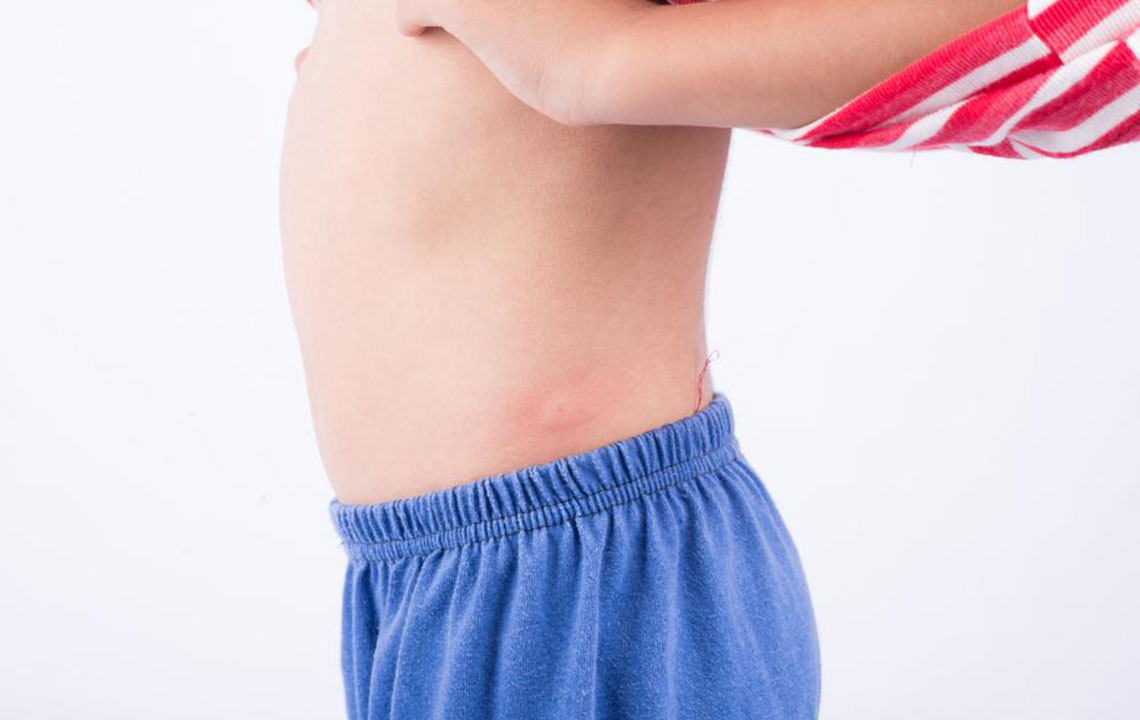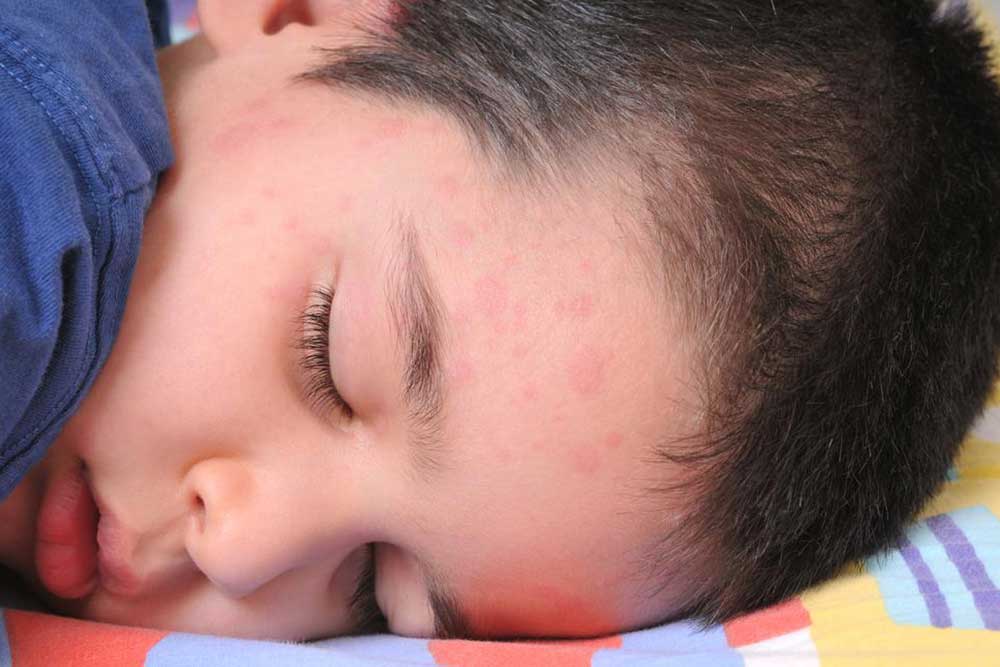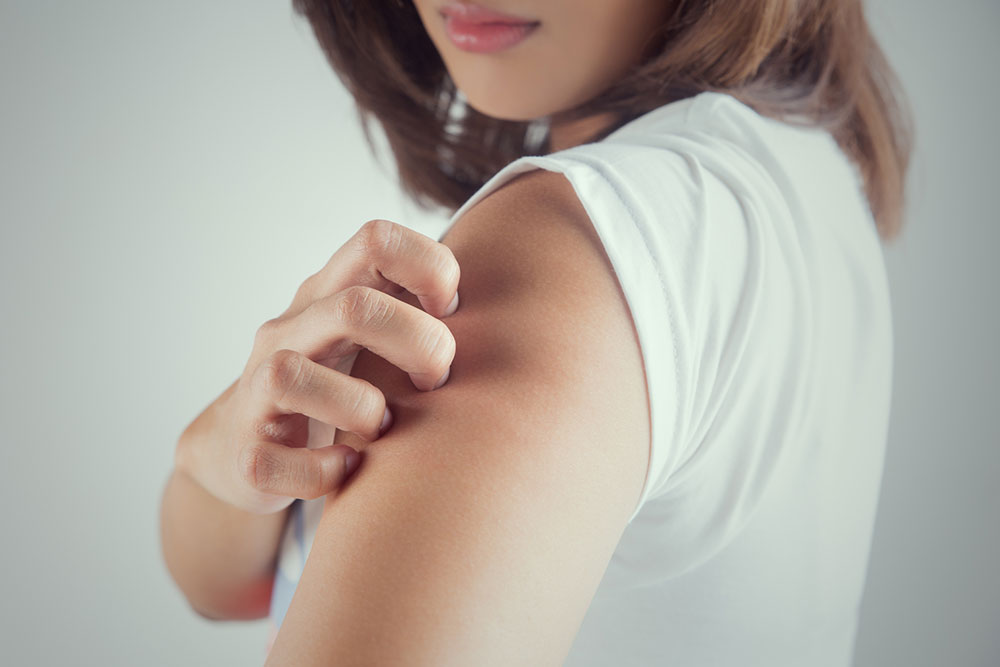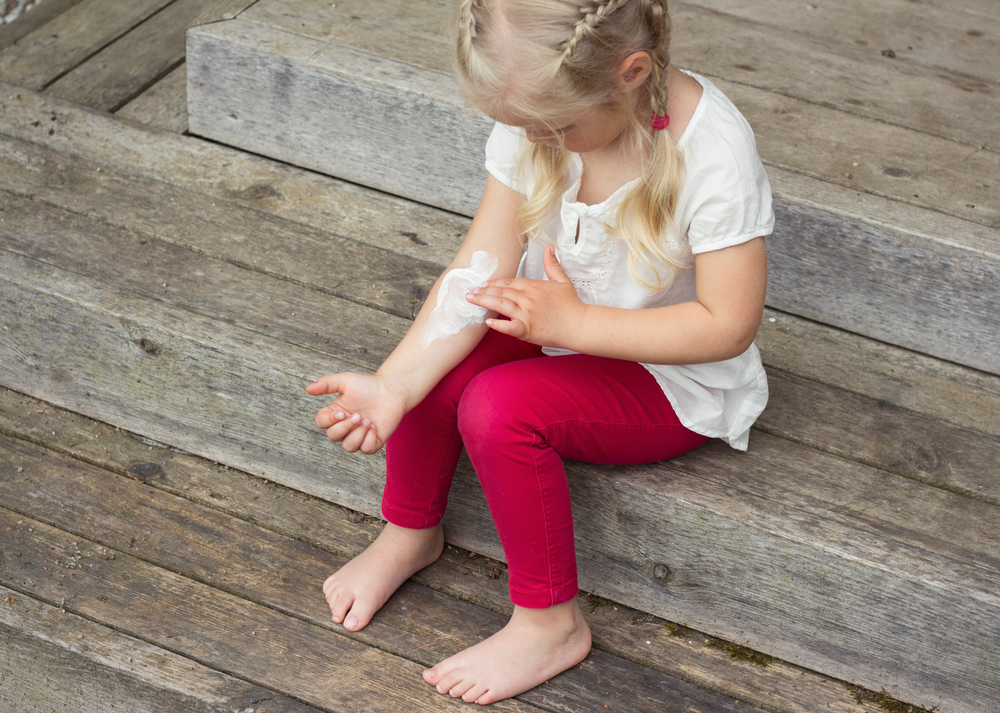Comprehensive Guide to 10 Common Skin Rashes Every Person Should Know
This comprehensive guide highlights ten common skin rashes, including psoriasis, hives, fungal and bacterial infections, and viral conditions like chickenpox. Understanding these skin reactions helps in early detection and proper treatment. The article emphasizes consulting healthcare experts and clarifies that visuals online may not always reflect individual conditions accurately.
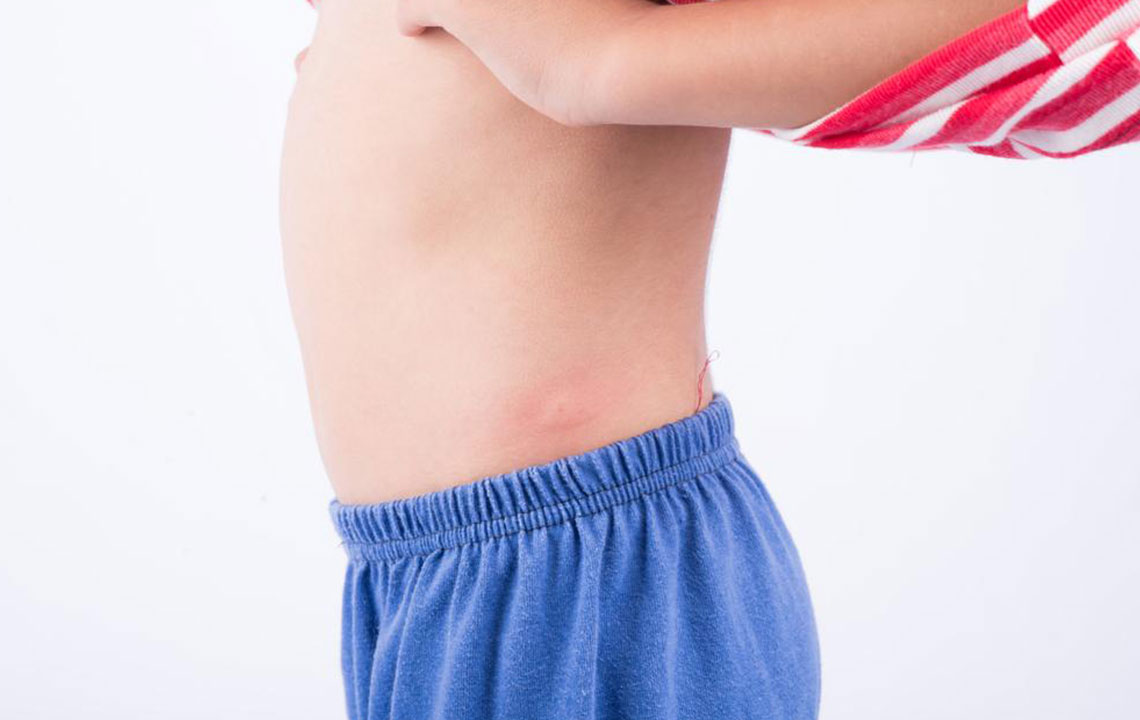
Skin rashes involve discoloration or inflammation of the skin, resulting from various causes. While numerous images of skin rashes are accessible online, visual references can sometimes be misleading due to differing underlying conditions. Understanding the key types of skin reactions can aid in early identification and management.
Psoriasis: This autoimmune condition accelerates skin cell production, typically affecting knees, elbows, and scalp, leading to thickened patches.
Hives: Characterized by itchy, red swellings, these are often triggered by allergies or histamine release, lasting from hours to days.
Other notable skin rashes include:
Drug reactions: Similar to hives, these may appear as bumps or blistered skin.
Heat rash: Blocked sweat pores cause tiny red spots across the body during hot weather.
Fungal infections: Such as yeast infections causing itchy, ring-shaped rashes.
Bacterial infections: Like cellulitis, these rashes are painful and often require medical treatment.
Parasite-related rashes: Scabies, caused by mites, results in intense itching and skin markings.
Tinea: A yeast overgrowth manifests as ringworm-like patches.
Chickenpox: Recognized by red blisters, it is highly contagious.
Hand, Foot, and Mouth Disease: Features ulcers around the mouth, hands, and feet; highly contagious.
Note: This article provides informational content on symptoms and types of skin rashes. It should not replace professional medical advice. Always consult healthcare professionals for diagnosis and treatment options.

